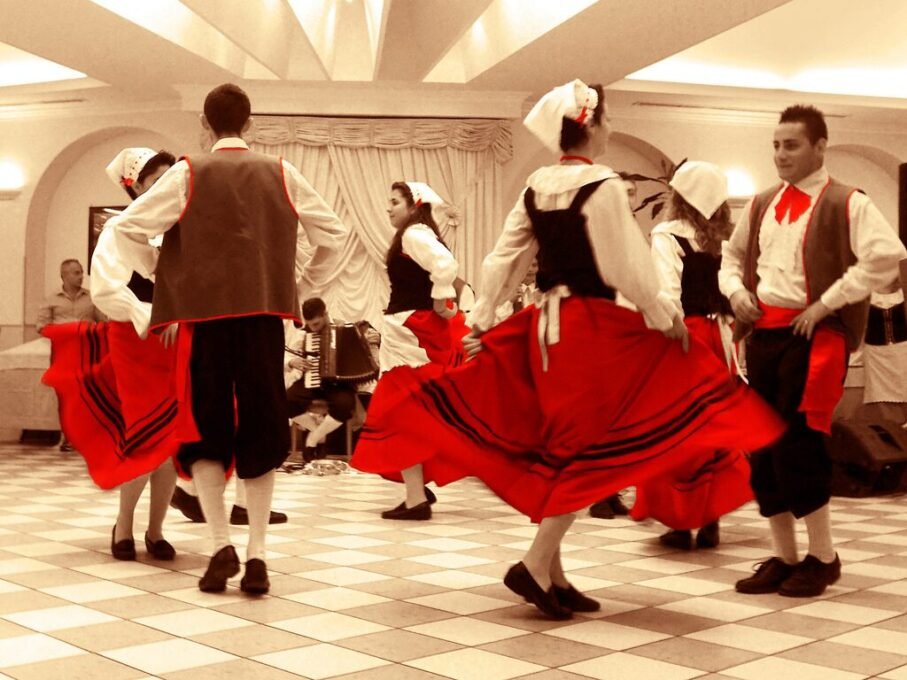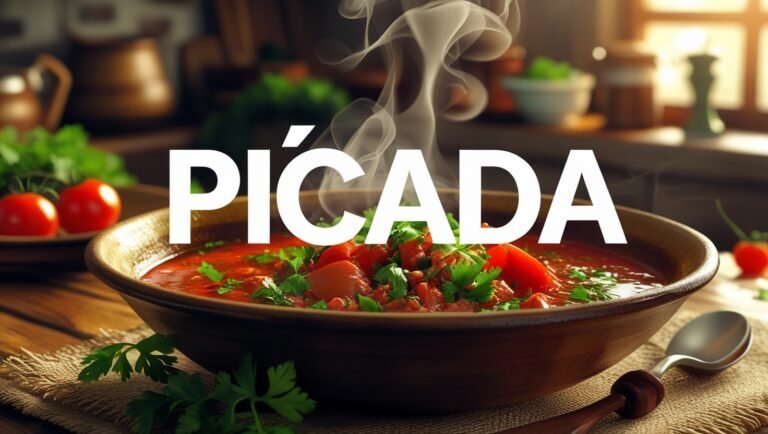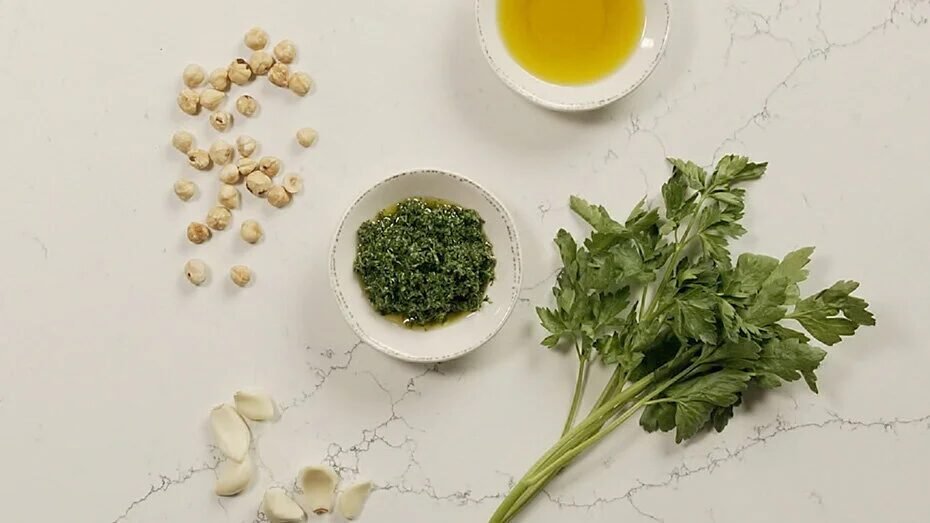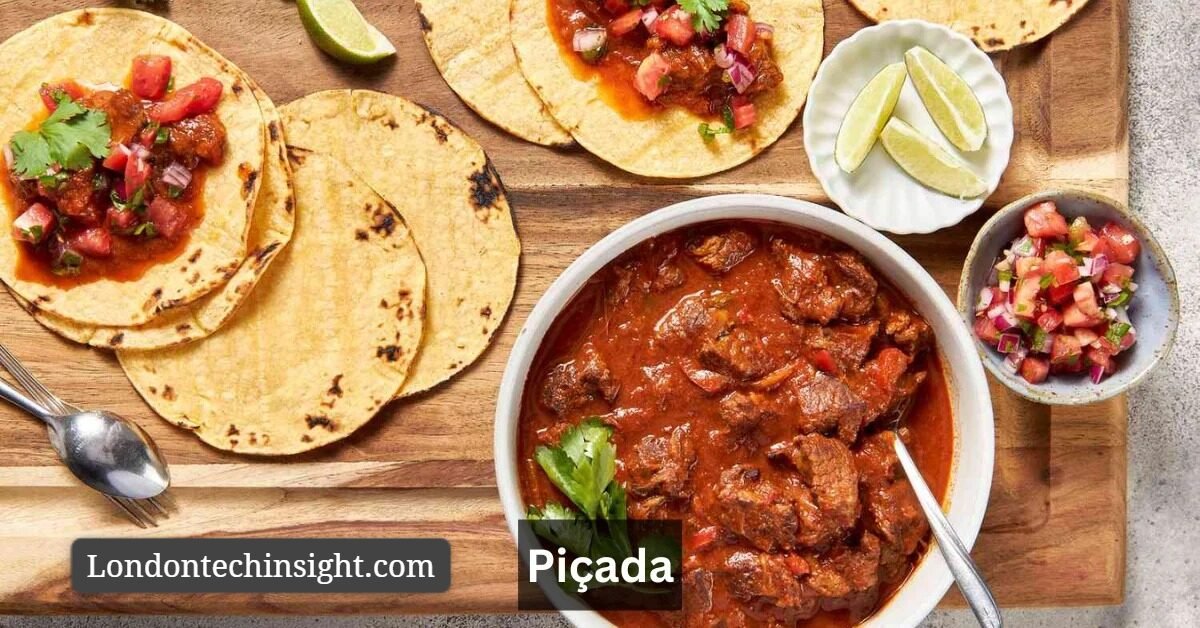Introduction
Beyond the vast cultural landscape of the world, each region holds unique traditions that shape local identity and connect communities through shared practices. Such an attractive cultural phenomenon is often ignored. The term carries several meanings based on the regional context, which ranges from its relations to social ceremonies and traditional dances from culinary variations and symbolic rituals. piçada requires only a superficial manner – it demands attention to its historical roots, its role in community relations, and the way it has developed with modern influences.
For those who discover the authentic cultural experiences or researchers, for those who discover less knowledgeable traditions, Piada provides a compelling case study of how the heritage can survive in contemporary life. This article examines piçada from every angle – its origin, meaning, practices, and it is still the importance that is still today.
Table of Contents
The Origins of Piçada: A Cultural Snapshot
The concept of Pikada lies deeply in the emerged folk traditions that emerged centuries ago. Early accounts described Pikada as a communal gathering, where played a central role in music, dance and storytelling. These meetings were not just entertainment – they were symbolizing unity, flexibility and transfer of knowledge from one generation to another.
In some regions, the word Piada took the culinary associations, referring to the dishes prepared during the festive time, often shared to strengthen community bonds between neighbors and families. In other places, it carried forward the symbolic meaning, which was associated with the rituals performed during seasonal ceremonies or rites of passing. Despite the interpretation, Pikada became a cultural anchor, reminiscent of people of shared values and traditions.
Piçada in Music and Dance Traditions

A Rhythmic Expression of Identity
When Pikada is associated with music and dance, it often takes the form of rhythmic group movements performed in festivals or local programs. These performances were not just artistic showcases; He served as a sense of cultural identity. The communities will gather around traditional equipment, and the dancer symbolizes harmony and unity, synchronizing their steps.
The devices used in Piada performances were generally handmade, which reflects local craftsmanship.
The dancers often worn symbolic clothing of their community, which were decorated with patterns representing history or nature.
Songs included in Pikada rituals often have oral history, which preserve legends and teachings in melodic forms.
Through these artistic manifestations, Piada, while serving as a cultural memory bank, strengthened both bliss and flexibility.
Pikada’s culinary dimension
Role of food in tradition
In many communities, Piada has a Pak dimension. Here, the word represents the recipes prepared collectively during family reunion, festivals or religious ceremonies. These dishes are often made using regional ingredients, and their preparation is a communal activity in itself, which strengthens social relations.
| Traditional Ingredient | Culinary Role in Piçada | Symbolic Meaning |
| Grains (maize, rice) | Base for festive meals | Symbol of prosperity |
| Meat or fish | Shared main dish | Symbol of unity |
| Herbs and spices | Flavor and aroma | Symbol of heritage |
| Fruits | Dessert or refreshment | Symbol of abundance |
The sharing of piçada meals goes beyond nourishment—it becomes a symbolic act of generosity, hospitality, and continuity of heritage.
Piçada as a Ritual and Symbol

More Than Entertainment
In some contexts, Piada is bound by spiritual and ritual practices. For example, some communities included Paikada in harvest festivals, using it as a way to honor the ancestors or celebrate land fertility. Here, Pikada becomes less about personal pleasure and more about collective spirituality.
Riuals often include:
Symbolic fire or light of candles to represent the continuity of life.
Reciting mantras or prayers that connect the present to the ancestral past.
Group sharing of food or dance to honor the unity of the group.
By combining spirituality with daily life, Piada served as a bridge, embaking materials and symbolic, cultural values into cultural memory.
Regional Variations of Piçada
Different Interpretations Across Communities
The meaning and practice of piçada vary significantly depending on the region. While the core theme of unity remains constant, the expressions differ:
| Region | Focus of Piçada | Notable Feature |
| Rural communities | Music and dance gatherings | Collective storytelling through performance |
| Coastal regions | Culinary traditions | Fish-based festive meals |
| Highland areas | Spiritual rituals | Seasonal celebrations tied to agriculture |
| Urban settings | Modern reinterpretations | Festivals blending tradition with contemporary art |
These variations highlight the adaptability of piçada and its ability to stay relevant across different contexts.
Piçada in the Modern Era
Balancing Heritage with Change
With globalization and digital changes, Piada has faced mandatory challenges, with re -shaping societies. The younger generation often bends towards modern entertainment, which leads to the risk of ignoring traditional practices. Nevertheless, Pikada has shown flexibility by adopting contemporary forms. Today, cultural organizations and local communities are reviving Pikada through festivals, workshops and educational programs.
For example:
Piada music and dance have been included in the course to keep children connected to their heritage in local schools.
Pak festivals have Pikada dishes as part of food tourism initiative.
The online platform and social media shared the Pikada performance globally, presenting the tradition for the new audience.
Through these adaptations, Pikada proves that tradition and modernity can occur in co -existence when community is committed to protection
Challenges Facing Piçada

Preserving Authenticity in a Changing World
Despite its flexibility, Piada faces many challenges:
Urban migration: As young people go to cities, traditional practices are forgotten.
Commercialization: Tourism can dilute the authenticity of the picada by converting into a performance for outsiders rather than a real community ritual.
Generational intervals: Older generations often struggle to pass traditions when younger people see them as old.
These challenges highlight the immediate need for structured protection strategies including cultural education and policy assistance.
Why Piçada Matters Today
A Lesson in Community and Identity
Piada is more than just one word – it surrounds the sense of solidarity, flexibility and identity. At a time when societies face growing individualism, Pikada offers a counterpoint: reminiscent of the strength found in collective experience.
It keeps oral history and cultural memory alive.
It strengthens community relations in generations.
It provides a platform for artistic, culinary and spiritual expression.
By evaluating Pikada, the community not only preserves their past, but also creates a rich, more connected current.
Piçada as a Community Gathering
One of Pikada’s most permanent interpretations is in its role as a community-focused practice. Historically, people will gather in open courtyard or village centers to celebrate crops, weddings, or religious programs. Music and rhythmic movement were central, often performed with devices that reflected the local environment. These meetings allowed neighbors to strengthen bonds, share stories and solve conflicts in the spirit of unity. Even today, in rural pockets where traditions remain strong, Piyada acts as an anchor for social life, reminds people of collective bliss and importance of shared responsibility.
Culinary Identity of Piçada
Food plays a powerful role in culture, and Pikada often finds expression in the kitchen. During the major festivals, the families prepare special dishes under the label of Pikada, highlighting local and seasonal available ingredients. Grains, herbs, and freshly chopped fruits or meats form the basis of these dishes, which are cooked not only for taste, but also to represent prosperity and gratitude.
Preparation of these food is rarely a personal work – it is communal, in which members of all ages participate. This cooking task together creates the memories that strengthen the family bonds while keeping the ancestral knowledge alive. In modern contexts, such culinary traditions have become an attraction for food tourism, where Piada dishes serve as a living proof of cultural heritage on a plate.
Modern Transformations of Piçada
Like many traditions, Piada is not immune for the effects of modernization. Migration, urban lifestyle and globalization have made it difficult for communities to maintain centuries -old practices. Nevertheless, instead of disappearing, the picada has changed.

Contemporary cultural festivals often have piada-inspired performances or dishes, which are packed in the appealing methods for young generations and visitors. Social media platforms now host the clip of Piada dances or cuisine, allowing the tradition to travel beyond its original geographical boundaries. This combination of the old with the new one displays the flexibility of the Piada – it still adapts to maintaining the essence together.
Conclusion
Piada is a tradition that symbolizes unity, flexibility and cultural continuity. Whether expressed through music and dance, culinary practices, or symbolic rituals, it holds a mirror for the values of community and identity. In an era where globalization can blur cultural boundaries, Piada reminds us of the importance of local traditions in shaping human relations. Its existence depends on both adaptation and protection, ensuring that the coming generations can continue to experience their rhythm, taste and soul. Hugging Piada is not just about protecting heritage – it is about celebrating the essence of shared humanity.
FAQs
Q1. What is the cultural point of view?
Piada referred to a traditional practice bound by community ceremonies, often expressed through music, dance, food, or rituals based on the region.
Q2. Is Piyada practice even today?
Yes, many communities still practice Piada, although modern adaptation has emerged through festivals, tourism and educational programs.
Q3. How does Piada vary between regions?
Some fields emphasize dance and music, focusing on food traditions, while some areas connect it with seasonal rituals and spirituality.
Q4. Why is Pikara important for cultural identity?
Piada preserves oral history, strengthens community bonds, and provides continuity between past and present, which is important for identification.
Q5. Can Pikada attract modern audiences?
Yes, through Pak festivals, digital sharing and cultural programs, Pikada is being rapidly presented to the young and global audiences.
Also Read This: Wollmatten
